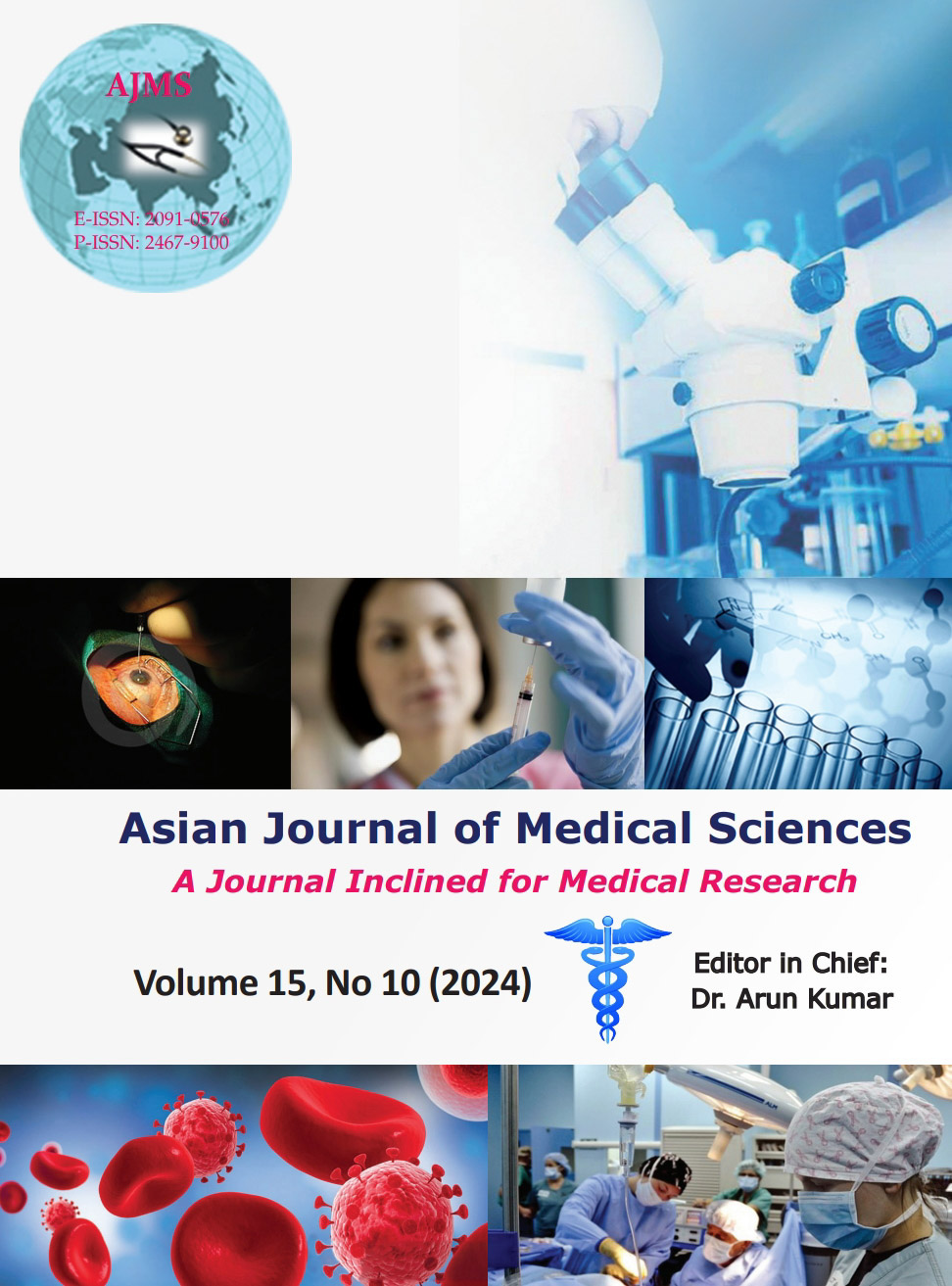Extrachromosomal DNA : New Players in Oncology
Keywords:
Cancer; Extrachromosomal DNA; Oncogenes; Oncology careAbstract
DNA that is found outside the main chromosomes in a cell's nucleus is known as extrachromosomal DNA. This type of DNA is not part of the standard 23 pairs of chromosomes in humans and instead exists as standalone circular or linear DNA structures. Unlike bacterial plasmids, extrachromosomal DNA in human cells contains important genetic material and holds particular significance in cancer cells. Critical characteristics of ecDNA in Cancer is that they frequently harbour amplified versions of oncogenes such as MYC, EGFR, and CCND1. These oncogenes propel the growth and survival of tumors. Cancer cells utilize ecDNA to generate multiple copies of these oncogenes, amplifying their expression without requiring alterations to the chromosomal structure. This amplification grants the cancer cells a competitive edge in growth. ecDNA plays a crucial role in the advancement and growth of cancer, as it amplifies oncogenes, genetic diversity, and resistance to treatments. Its adaptable and ever-changing characteristics empower cancer cells to adjust to external influences such as medication. Gaining insights into ecDNA's operations and impacts could lead to new possibilities for diagnosing and treating cancer, as well as developing therapies aimed at this distinct DNA structure.
Downloads
Downloads
Published
How to Cite
Issue
Section
License
Copyright (c) 2024 Asian Journal of Medical Sciences

This work is licensed under a Creative Commons Attribution-NonCommercial 4.0 International License.
Authors who publish with this journal agree to the following terms:
- The journal holds copyright and publishes the work under a Creative Commons CC-BY-NC license that permits use, distribution and reprduction in any medium, provided the original work is properly cited and is not used for commercial purposes. The journal should be recognised as the original publisher of this work.
- Authors are able to enter into separate, additional contractual arrangements for the non-exclusive distribution of the journal's published version of the work (e.g., post it to an institutional repository or publish it in a book), with an acknowledgement of its initial publication in this journal.
- Authors are permitted and encouraged to post their work online (e.g., in institutional repositories or on their website) prior to and during the submission process, as it can lead to productive exchanges, as well as earlier and greater citation of published work (See The Effect of Open Access).




